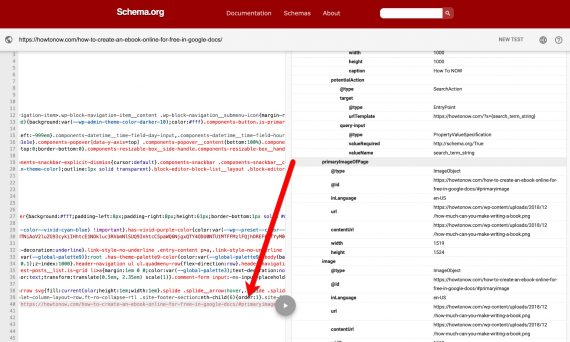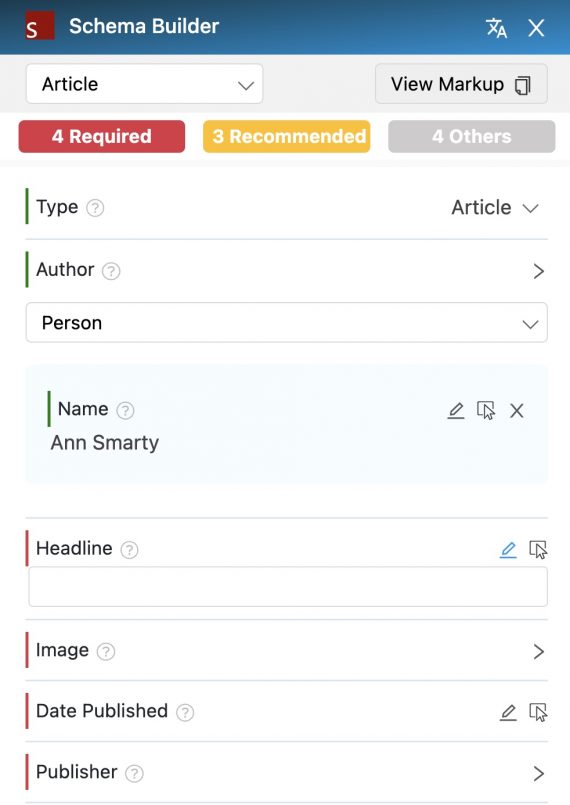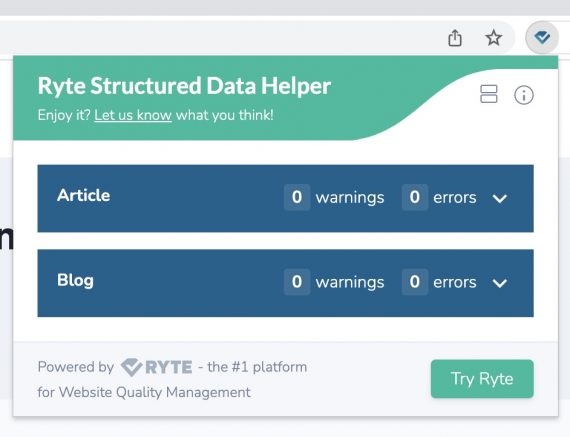Search engines have long desired a uniform method to understand websites. The need arises because search bots cannot always discern a site’s meaning from crawling its code. Is it a store or a blog? A recipe site or gardening?
That’s the purpose of structured data. It’s a 1990s concept of organizing a site’s info to help search engines understand it. But the rise of the web produced many types of structured data, not the uniformity desired by search engines.
Enter Schema.org. It’s a type of structured data — a “vocabulary” based on JSON-LD code — founded in 2011 and endorsed by the major search engines: Google, Yahoo, Microsoft, and Yandex. It’s managed and organized by a non-profit collaborative community of mostly developers and engineers. In circa 2022, structured data from Schema.org is the de-facto industry standard.
Hence the term “schema” is now synonymous with “Schema.org.”
Beyond Rich Snippets
Google requires schema markup to qualify for rich snippets in organic search results. But the benefits extend beyond snippets. While it supports only a limited number of schema types, Google’s search guidelines encourage website owners to use those markups extensively, such as for identifying articles, breadcrumbs, authors, associated social sites, “entities,” and more.
Schema implementation basics include:
- Ensure all information in schema markup is visible to humans. For example, do not include frequently asked questions only in schema format. Include that section in visible HTML so people can see it.
- Maintain focus and specificity. Avoid using only sitewide or redundant schema types. Keep it focused on each page where possible. And importantly, make sure search engines can understand it. That’s where schema validators come into play.
Schema Builders, Validators
1. Schema Builder is a free Chrome extension to build schema markup. While there are many schema generators, Schema Builder makes it easy to copy existing markup from any site, not just your own.
For example, you could copy from a competitor’s page the schema generating a rich snippet. Just open that page in Chrome and activate the extension. Then edit, copy, and add the schema to your page.
Again, the markup is automatically visible to search bots. Make sure humans can read the info, too.
—
2. Schema.org’s validator loads a page’s schema in the right-side panel in an organized manner. Users can highlight any property or project for the tool to show the code behind it.
The tool will also highlight schema errors in red and list recommended (but not required) properties to add.

Schema.org’s validator loads a page’s schema in the right-side panel and highlights errors in red, with recommended properties to add. Click image to enlarge.
3. Ryte structured data helper instantly validates schema markup on any page. Ryte’s Chrome extension is quicker than its web version, as there’s no need to copy and paste a URL.
Other Options
Tools for implementing schema are proliferating, especially for popular platforms such as WordPress, Shopify, Wix, and many more.
- WordPress and WooCommerce. Colorbib’s list of review plugins that support schema is helpful. The list includes review plugins for products, books, recipes, and more.
- Shopify. Schema Plus for SEO is a popular app for multiple types of schema.
- Wix offers extensive built-in schema types.
Schema Follow-up
Always check the limitations of your content management platform before implementing third-party schema generators. Then, once implemented, run the markup through Google’s Rich Results Test and Schema.org’s native validator.
Keep an eye on the “Enhancements” section of Google’s Search Console. The section will list (i) all rich snippets your site is eligible for based on its schema use and (ii) errors or warnings in your on-page schema which may (or may not) prevent rich snippets.
Search Console’s “Performance” section compares the click-through rates of your various rich snippets and identifies the best performers to know which drives the most traffic.






